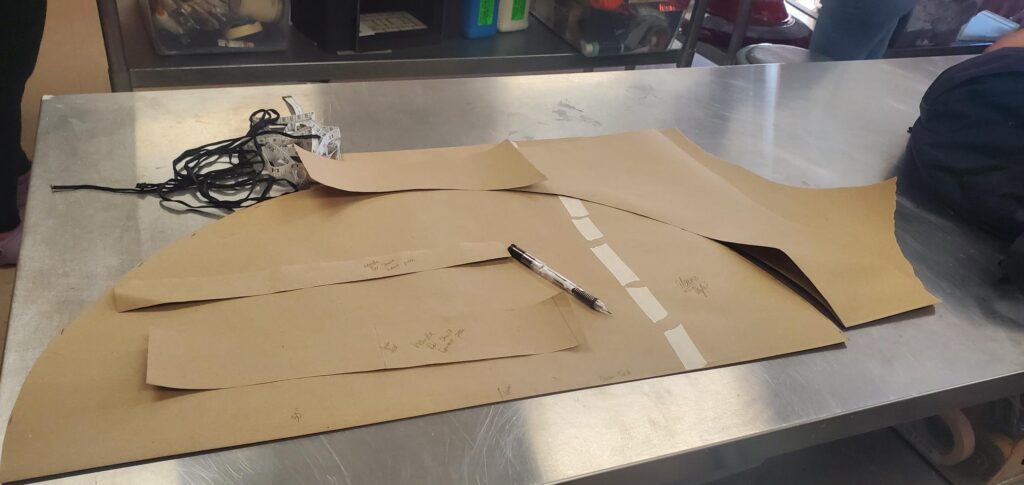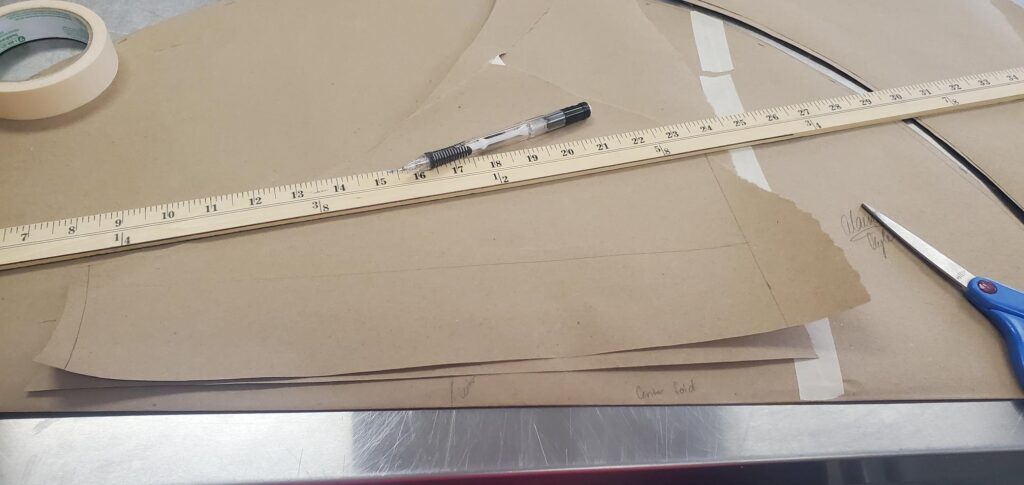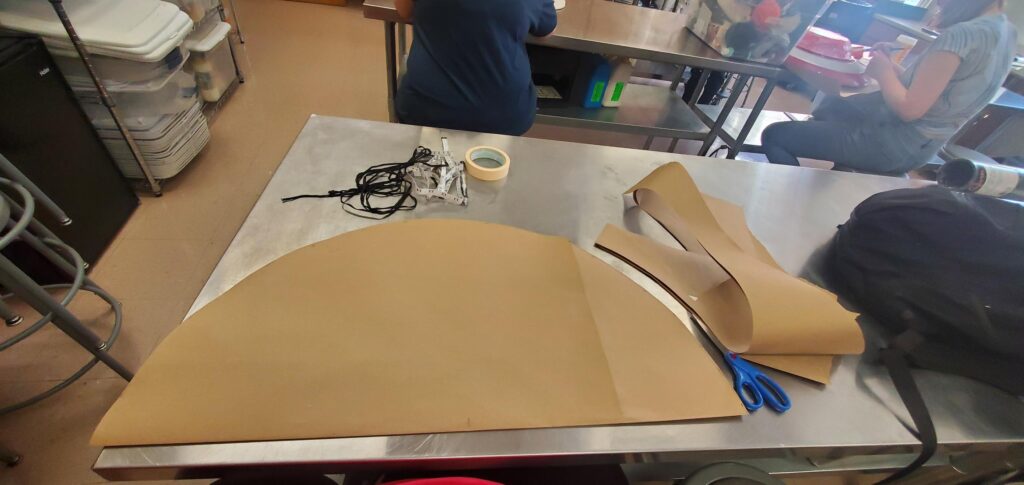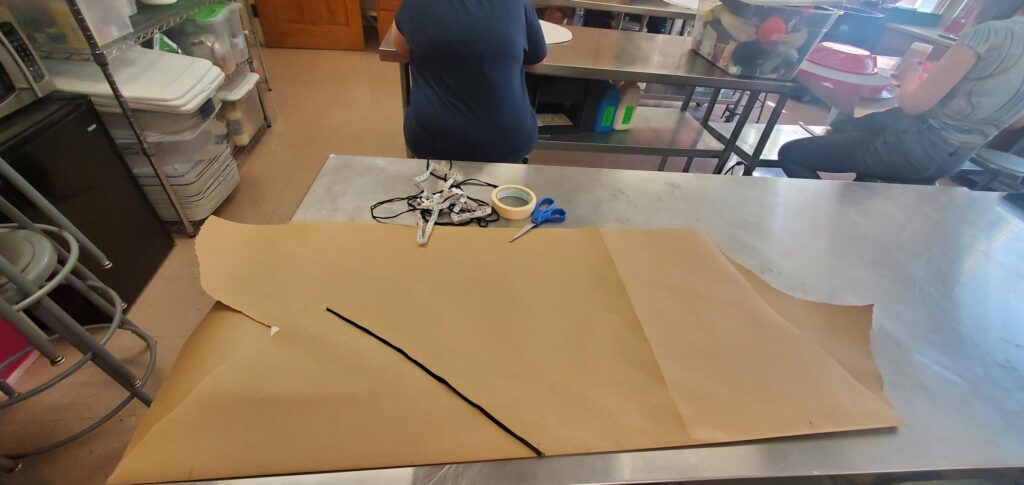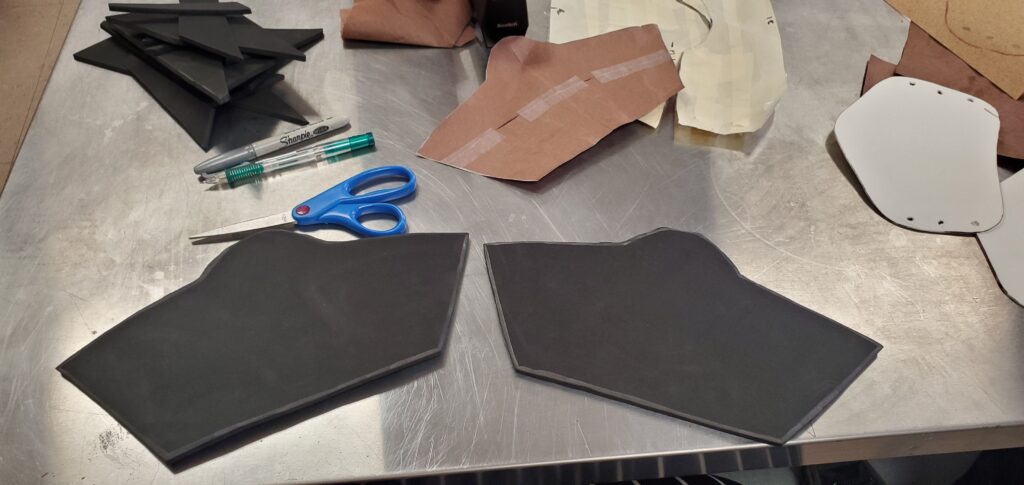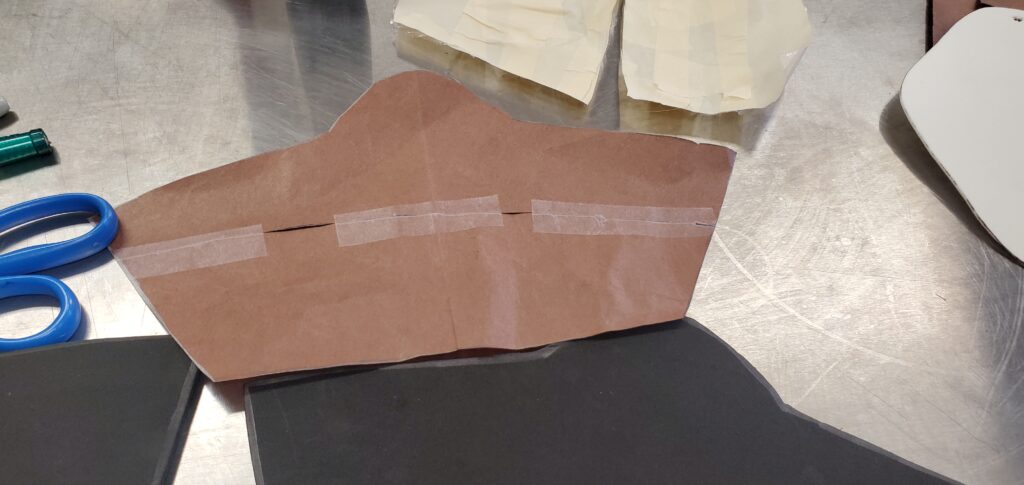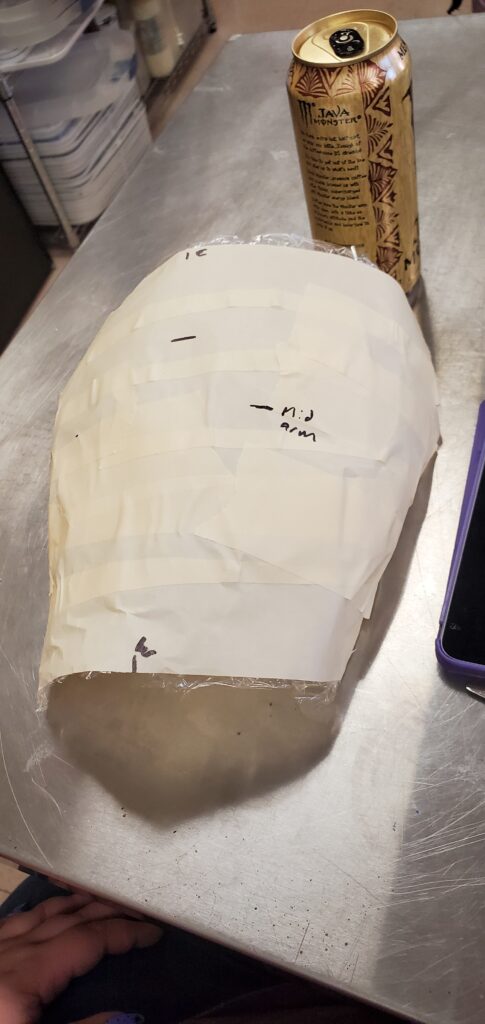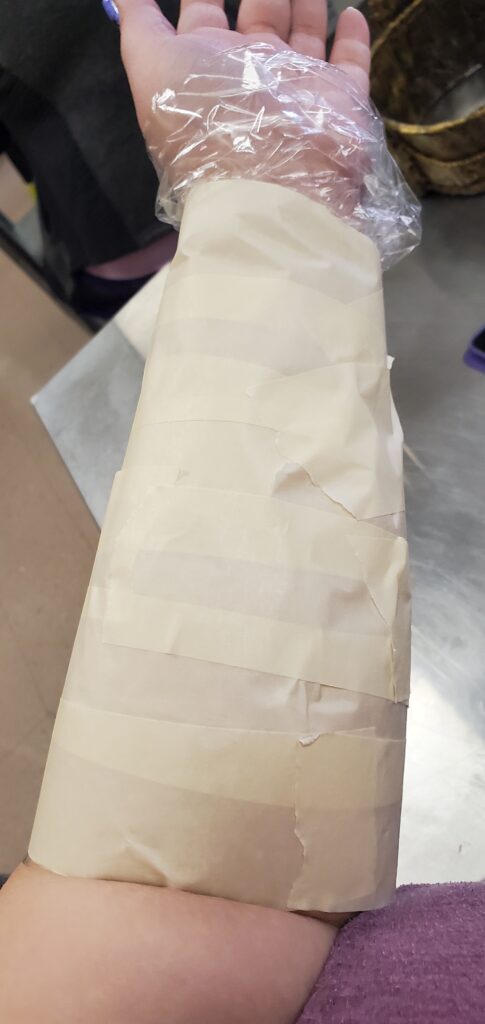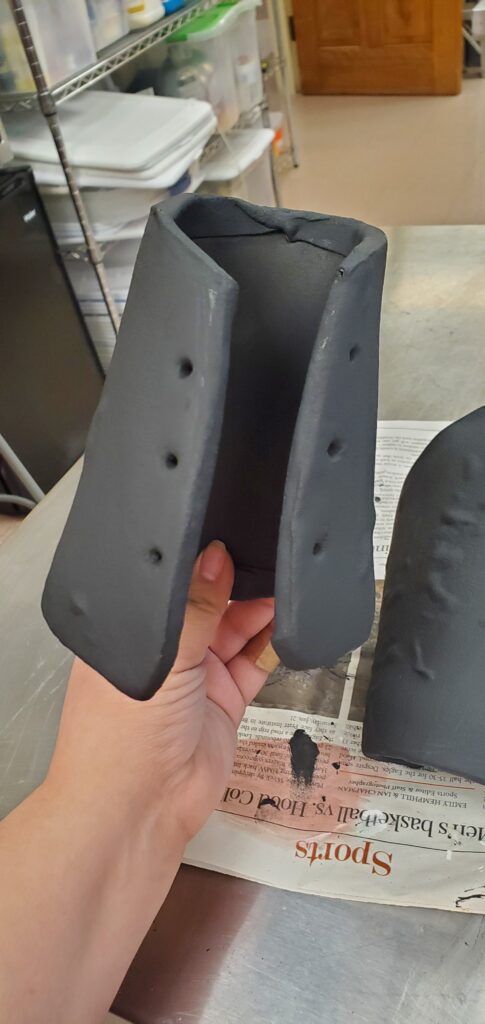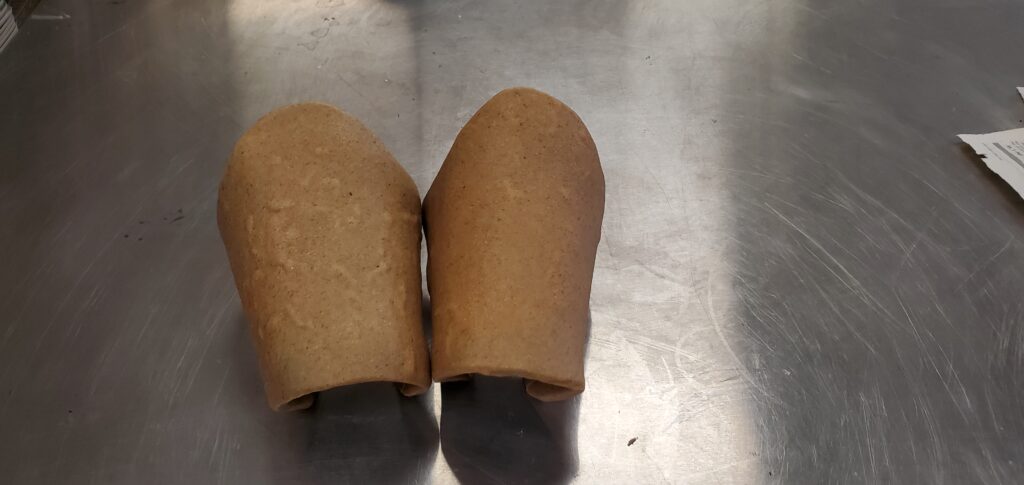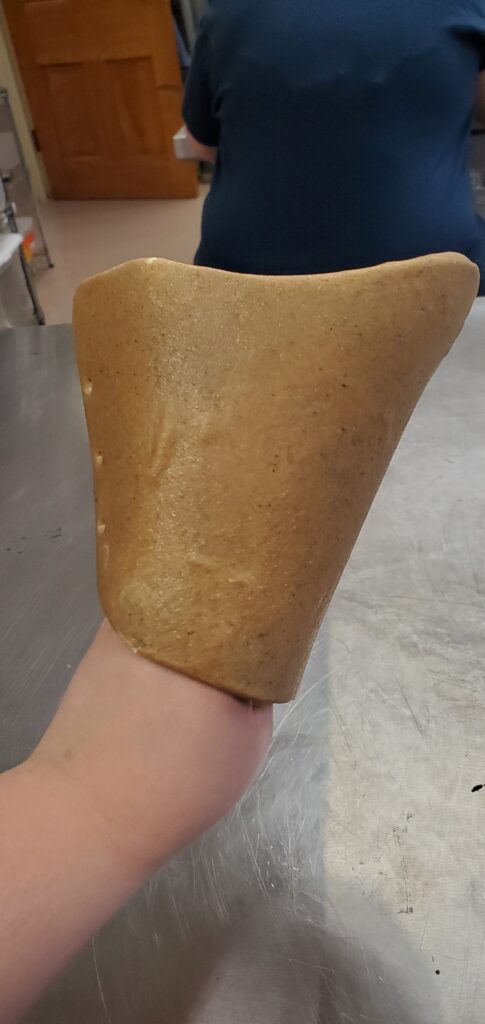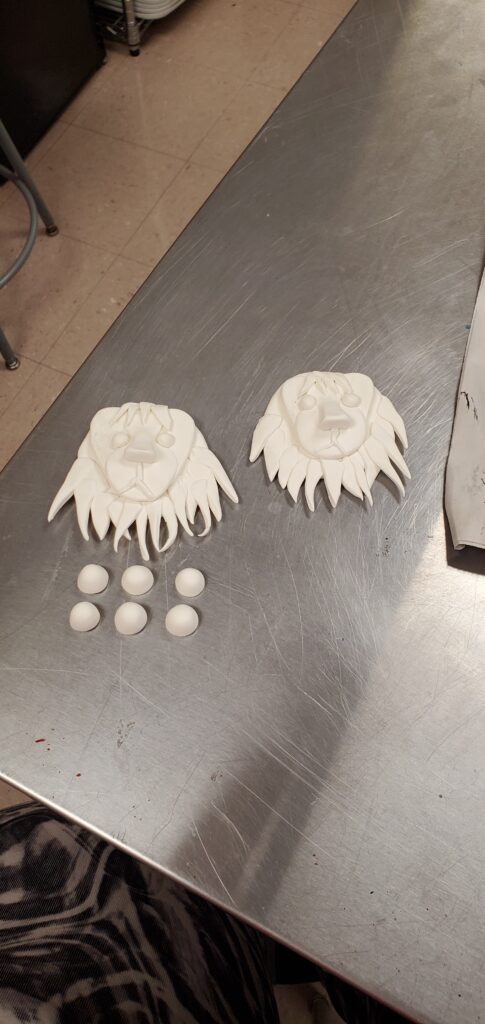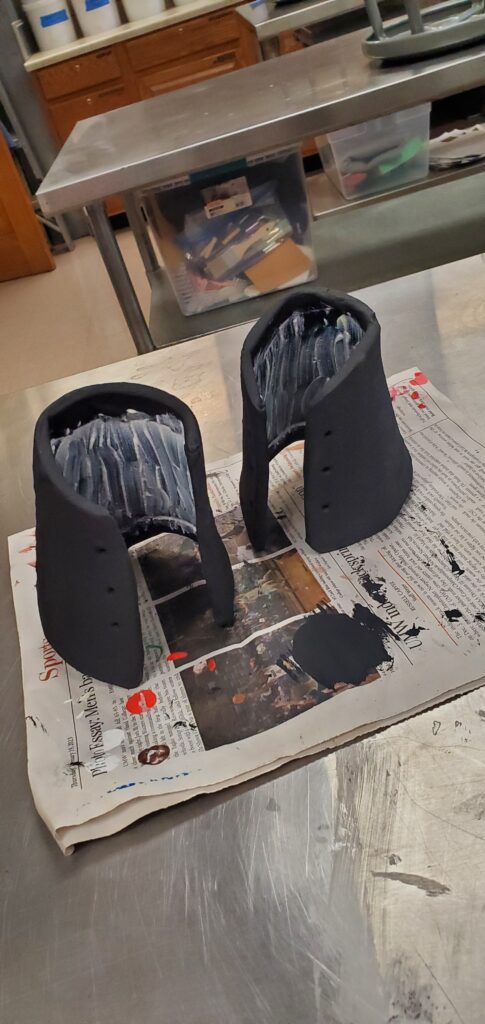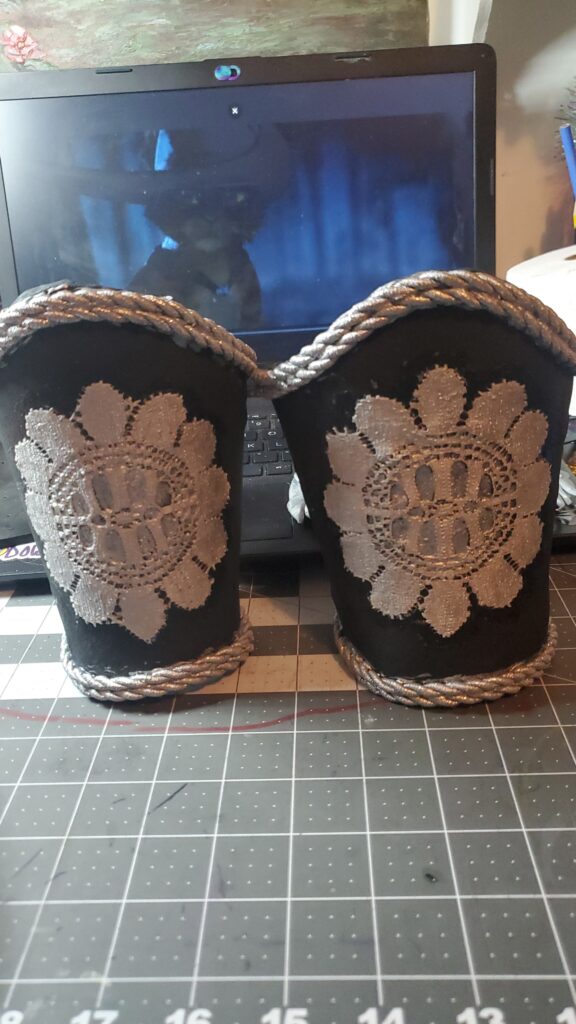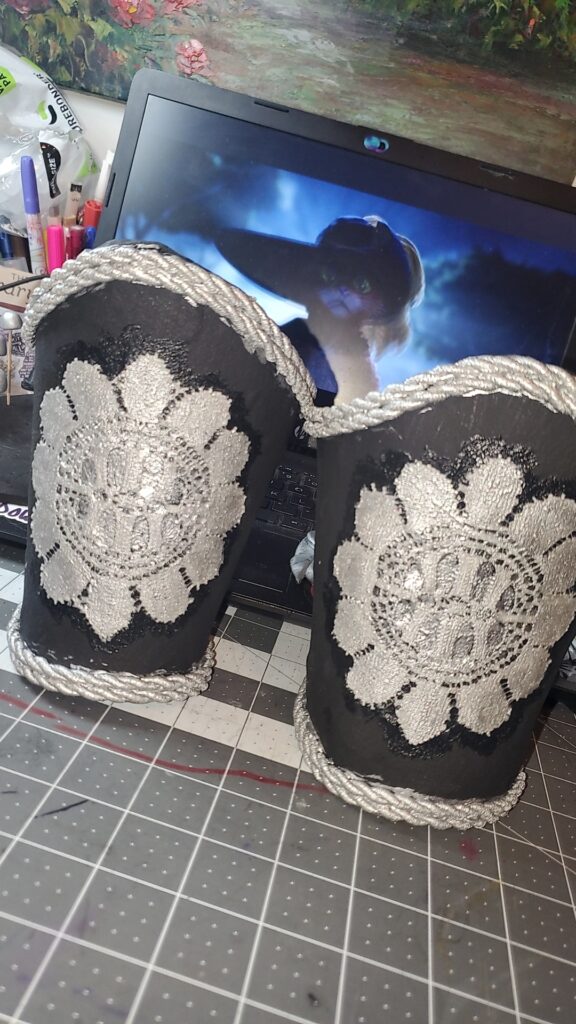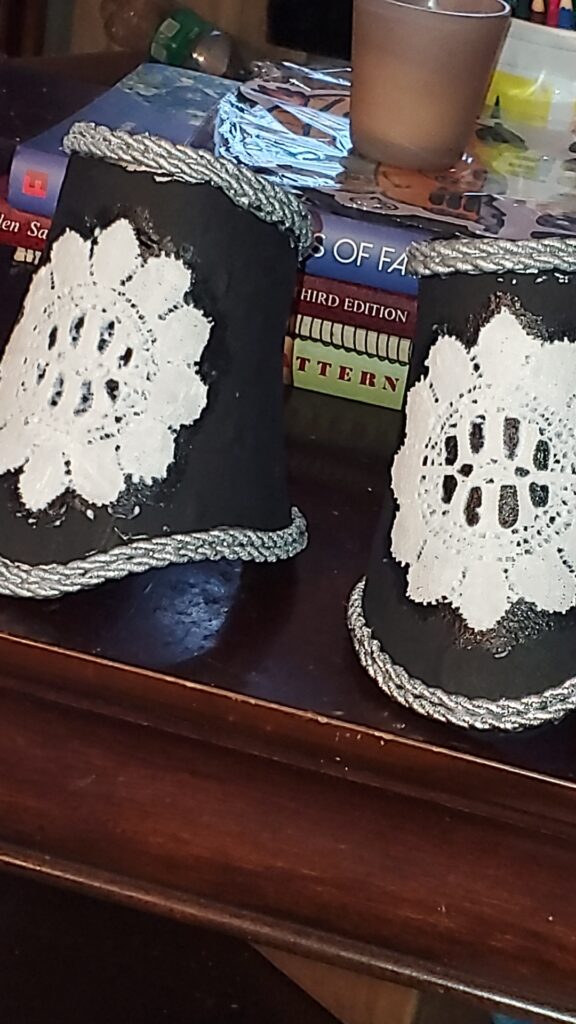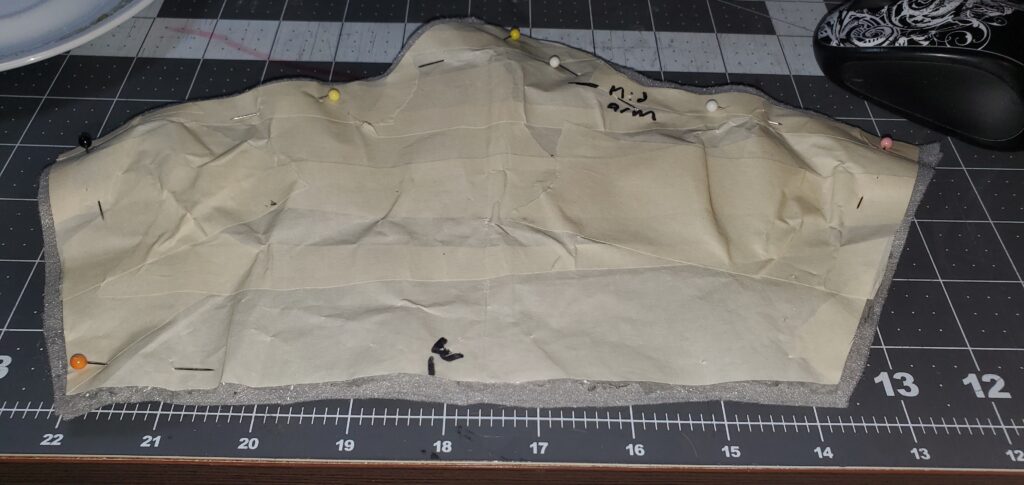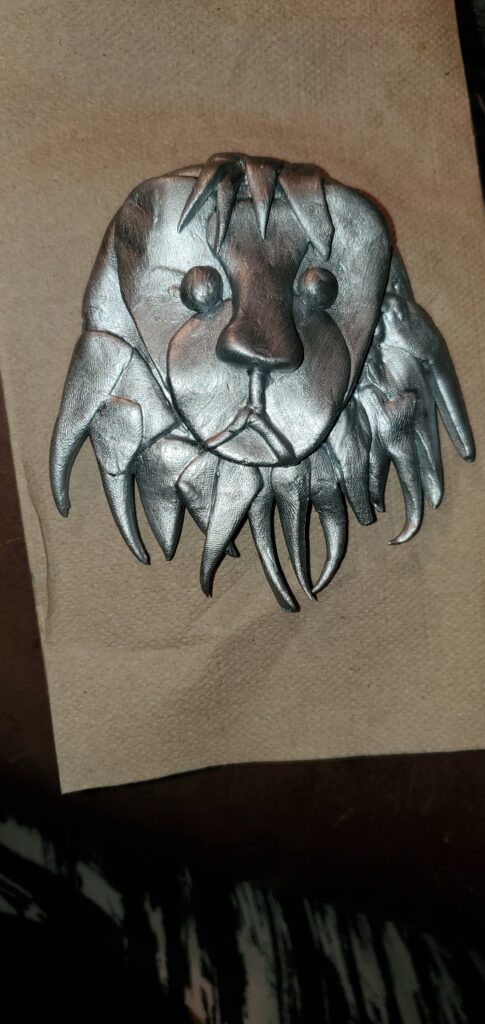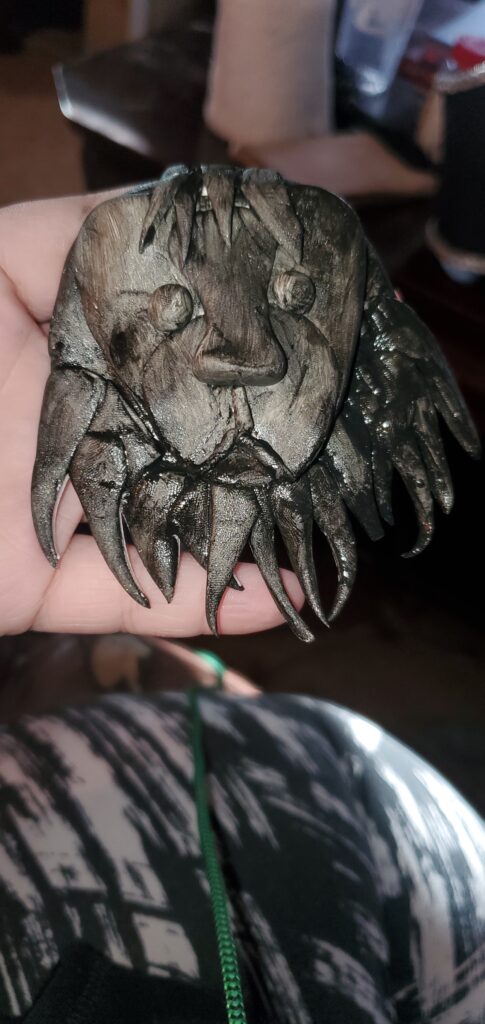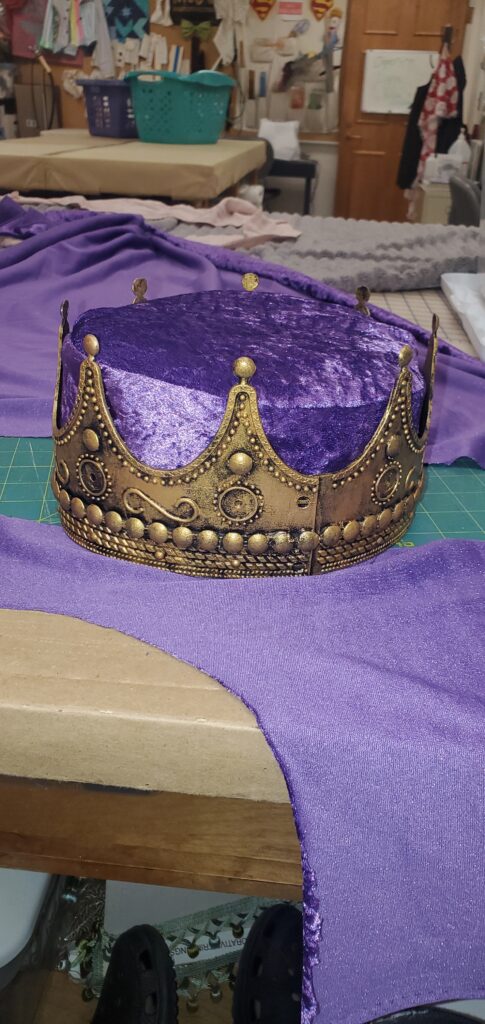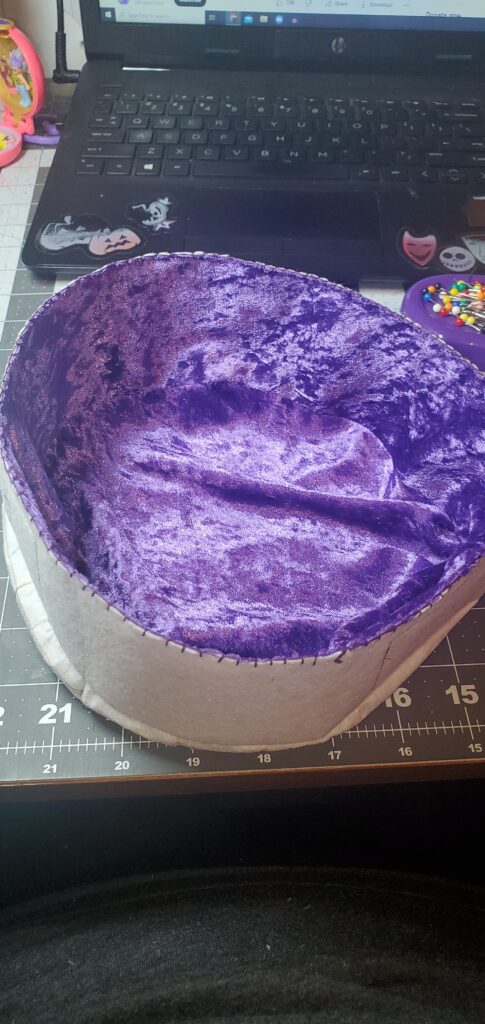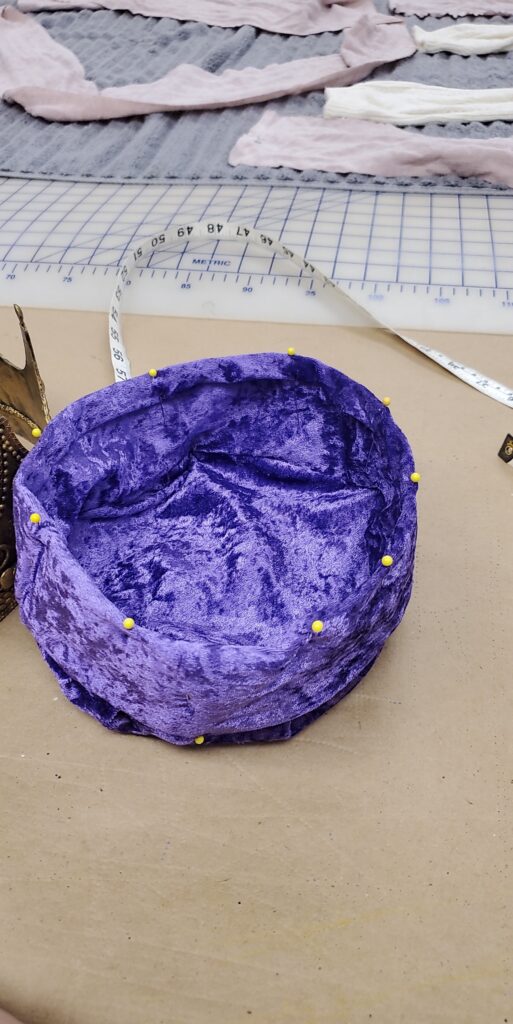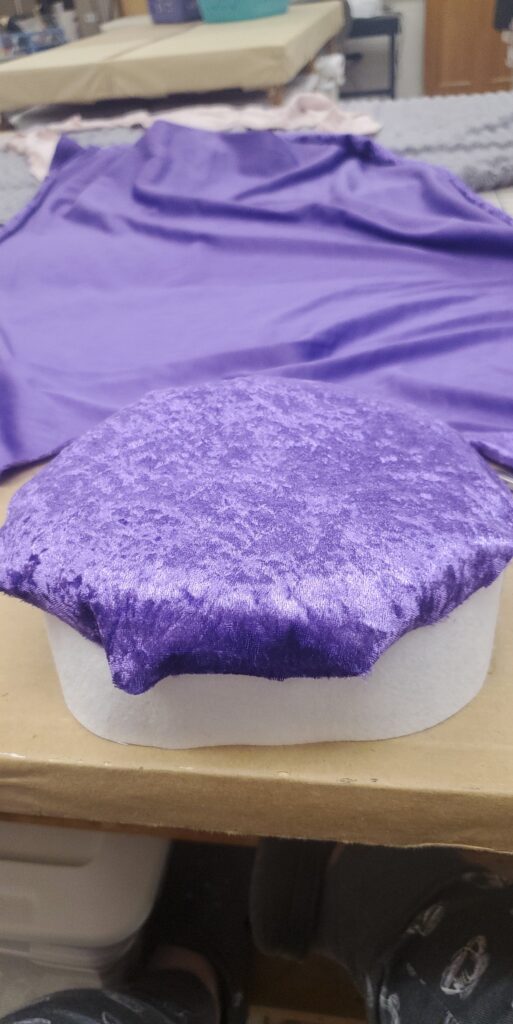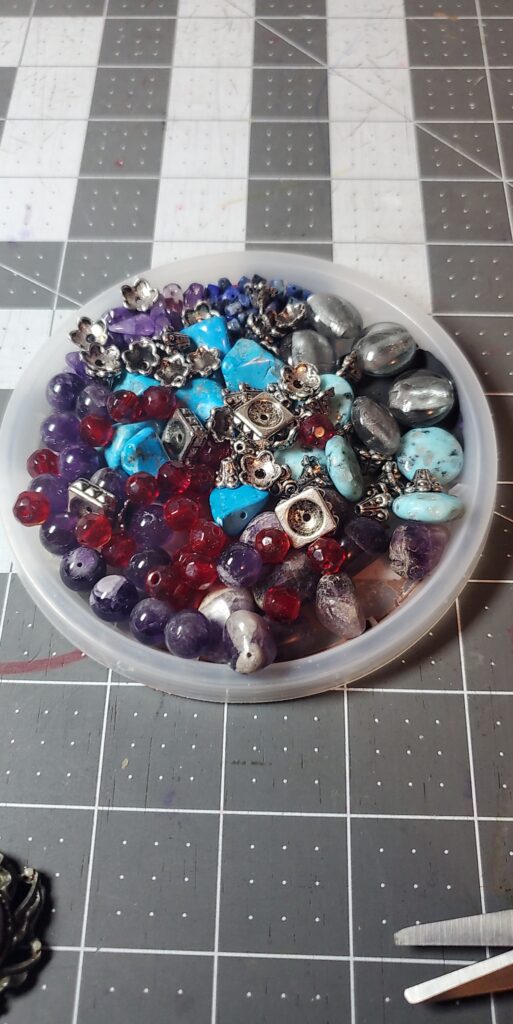I. Where are they?
It takes place in Ancient Greece
1. Exact geographic location.
The play takes place in, around, and near the Temple of Apollo in Delphi.
a. What images do those evoke?
Greek marble statues, loose flowy cloth, gold, and silver jewelry represented the different gods. Marble and cobblestone roads.
b. how does this affect mood?
It makes the play feel magical, mysterious, and timeless.
c. suggests what colors, images, and textures?
Royalty tended to wear richer colors due to having the ability to afford the expensive dyes while the lower the class of a person, the more natural the colors were of their clothing. Royalty wore reds, purples, and golds. The middle class had more blues and tans, then the lower class wore browns and whites.
II. When are they?
The play was written around 414-412 BC. So I would assume that the play occurs around then, if not earlier.
a. are there parallels to other times
There was a revolt during the time this was written. The tension between Ion and Creusa could represent the conflict between the people.
b. why did the author set it there
There was also discourse between Athens and the people of Ionia. Much like there was issues between the two during the play.
c. what was happening in art, music, politics, theatre
Discourse between Athens and the people of Ionia. “Alcibiades must leave Sparta, accused of having had an affair with the wife of king Agis and of being the father of her son” (Suzanne)
III. Who are they?
Ion- The son of Kerousa and Apollo. He was left to die after his mother gave birth to him. Apollo sent for him to be left at his temple where he grew up as a caretaker of the temple. He was given to King Xouthos in order for him to claim his rightful place on the thrown.
Kerousa- Queen of Athans, and mother of Ion. Unable to have any other children. Abandoned Ion because she did not want to be shamed by her family. Did not know Ion was her son until the gods intervened when she tried to kill him for attempting to join the royal family.
Xouthos- King of Athens. Adopted father of Ion. He is the grandson of Zeus. Wanted a son to carry on the family legacy.
Chorus- the servants who are handmaidens of Kerousa. They follow her around and are the voice of the audience.
Old Man- He is the slave of Kerousa.
Servant- Warns Kerousa that she had been found out with attempting to kill Ion
Priestess of Apollo- Raised Ion. Priestess of the temple of Apollo.
Athena- Stopped Ion and Kerousa from killing each other. Stepping in to fix the error of the gods.
Hermes- Narrator of the story, he delivered Ion to the Priestess when Kerousa left him to die.
1. Relationships and socio-economics.
Ion- the son, temple cleaner, royalty
Kerousa- The mother, the wife, the queen, Royalty
Xouthos- King, husband, stepfather, Royalty
a. colors, images, texture associated with socio-economics.
Royalty tended to wear richer colors due to having the ability to afford the expensive dyes while the lower the class of a person, the more natural the colors were of their clothing. Royalty wore reds, purples, and golds.
The middle class had more blues and tans
The lower-class wore browns and whites.
2. Under what government.
Under the Athen government
IV. What happened before the play began?
Kerousa was raped by Apollo. She abandoned him in a cave in order to not bring shame onto her family.
V. What do the characters think about their world?
Ion- believes in the gods, and worships Apollo greatly as he was raised within a holy place.
Kerousa- Feels attacked by the world and by the gods due to being assaulted as a young girl. Most likely felt like her own husband was against her when first meeting Ion.
Xouthos- Wanted a son, believes heavily in the god’s words. Trusted that Ion was his flesh and blood.
VI. What is the function of each character?
1. Who is the protagonist?
Ion is the protagonist. He is the result of the antagonist. Without him there would not have been a sort of resolution where everyone wins.
a. does this character suggest images, animal, color, texture
His colors go from white and simple to ones of reds and purples. Hard white sharpness to soft dark colors.
b. how do they grow
He goes from a temple caretaker to a prince with a godly father.
c. what is their objective
To not be killed by Kerousa and to find his family.
2. Who is the antognist?
Apollo and the other gods. They have mettled with the human lives.
a. does this character suggest images, animal, color, texture
b. how do they grow
They do not. They will continue to mess with humans and their affairs.
c. what is their objective
To be gods, to receive worship and praise.
3. Which characters lead and which support?
The leads are Ion and Kerousa. Their actions fuel the play and bring forth change that other characters do not. Hermes, Xuthus, Chorus, Old Man, Servant, Priestess of Apollo, and Athena are all supporting characters. Their actions can have influence, but other than the god characters, everyone just has moments of supporting either Ion or Kerousa.
a. does this character suggest images, animal, color, texture
Kerousa has mentioned snakes several times throughout the play. They were guardians and part of her culture. Making her feel smooth and cool.
b. how do they grow
She regrets leaving Ion as a newborn and wishes to have her child back.
c. what is their objective
She wants to have children with Xouthos, but learns that she is unable to have any other children.
4. Identify and describe stereotypical characters.
Ion- Just wants answers as any child tossed away by their parent. Learns that his parents are both of high status/godlike in the society that he lives in. Pawn of the gods
Kerousa- Made a bitter mistake/ traumatic event that haunts her throughout her life. Reconnects with the child she tossed away for the betterment of her own life. Pawn of the gods
Xouthos, Chorus, Old Man, Servant, and Priestess of Apollo- they believe in the gods and their wrath of them for disobeying those of power. Pawns of the gods.
VII. What is the dialogue mode?
The dialogue mode is understandable and simple due to the version we read is a simplified version. It still held a lyrical vibe to it.
a. sense of movement and lyric quality
This play is very very lyrical and flowed nicely. The story was moving and entrapped the reading, with the need to know if Kerousa would learn that Ion was her real son.
1. Naturalistic
Even with this taking place in the world of the gods, the story of a mother giving up her child only to meet years later does occur more often than people think. It happens regularly in today’s society.
3. Poetic
This play is very poetic, with its flows and ebbing of language use.
4. Sound and grammar (how do they speak)
Due to this being a simplified version, it is a more modern-feeling than it was read through a word-for-word translation. It is a very formal way of speaking still and makes it feel older than if it occurred today.
5. Ambiguity
VIII. What is the play’s action?
Ion and Kerousa face off to kill each other, only to find out they are family.
1. What happens in the play?
Ion is abandoned by his mother and left to die. Apollo, his father sends his brother Hermes to bring Ion to the temple of Apollo. Years later Kerousa and her husband, Xouthos, go to the temple to see if they will have children. Xouthos gets the prophecy that the first man he sees will be his son, of flesh and blood. Xouthos sees Ion and believes him to be his son granted by Apollo. Kerousa is threatened by Ion and tries to kill him, Ion finds out and attempts to kill her before she could try again. Athena pops out and tells the pair the truth, that Ion is Kerousa’s child.
a. repeating motifs, ideas: flowers, death, water, birth
Snakes and their protection. Dishonor and Death.
b. which images are central or represent the theme of the play
c. how do images change from scene to scene
2. Create an action chart
a. Stasis- Hermes describes what had happened before the play, setting up the rest of the play.
b. inciting incident- Kerousa and Xouthos going to the temple to see if they will be able to have children.
c. complications (rising action)- Xouthos believes Ion to be his son, Kerousa feels threatened by the presence of someone who could take away everything from her.
d. Climax- Kerousa tries to poison Ion but was discovered, Ion chased after her willing to try to kill her.
e. falling action (dénouement)- Ion and Kerousa learn through Athena that they are actually mother and son.
IX. What is the play’s theme?
“Both thematically and metrically, Ion is quite similar to Iphigenia in Tauris, Helen, and the now-fragmentary Andromeda and Hypsipyle—all of them written at about the same time—in that it dramatizes a little-known myth (or aspect of a myth) in a non-Greek or exotic setting (Crimea, Ethiopia, Egypt, Delphi) and features “a story of lovers or long-lost relatives united or reunited, intricately plotted revenge actions, catastrophe narrowly averted, and thrilling escapes” (GreekMythology)
X. Why did the author write the play? Which aspect of the human condition
were they trying to illuminate?
He wrote the play to reflect on what was occurring around him. There was a power shift and war. He wrote about the birth of a character through assault, and the mother’s will to live a life where she was not burdened by that trauma. They face conflict due to the god’s manipulation. Ion wanted to connect to family, eagerly attaching to Xouthos whom he believed to be his birth father.
XI. Make some statement as to the general visual world of the play, based on all of
the above.
GreekMythology.com, The Editors of Website. “Ion”. GreekMythology.com Website, 03 Jan. 2020, https://www.greekmythology.com/Plays/Euripides/Ion/ion.html. Accessed 22 April 2022.
“Ion – Euripides – Ancient Greece – Classical Literature.” Ancient Literature, 11 Jan. 2022, www.ancient-literature.com/greece_euripides_ion.html#:~:text=%E2%80%9CIon%E2%80%9D%20is%20a%20tragedy%20by,being%20abandoned%20as%20a%20child.SUZANNE, Bernard F. “Chronological History of Greece in the Vth and Ivth Centuries BC.” Chronological History of Greece in the Vth and IVth Centuries B. C., 1999, www.plato-dialogues.org/tools/chrono.htm.

